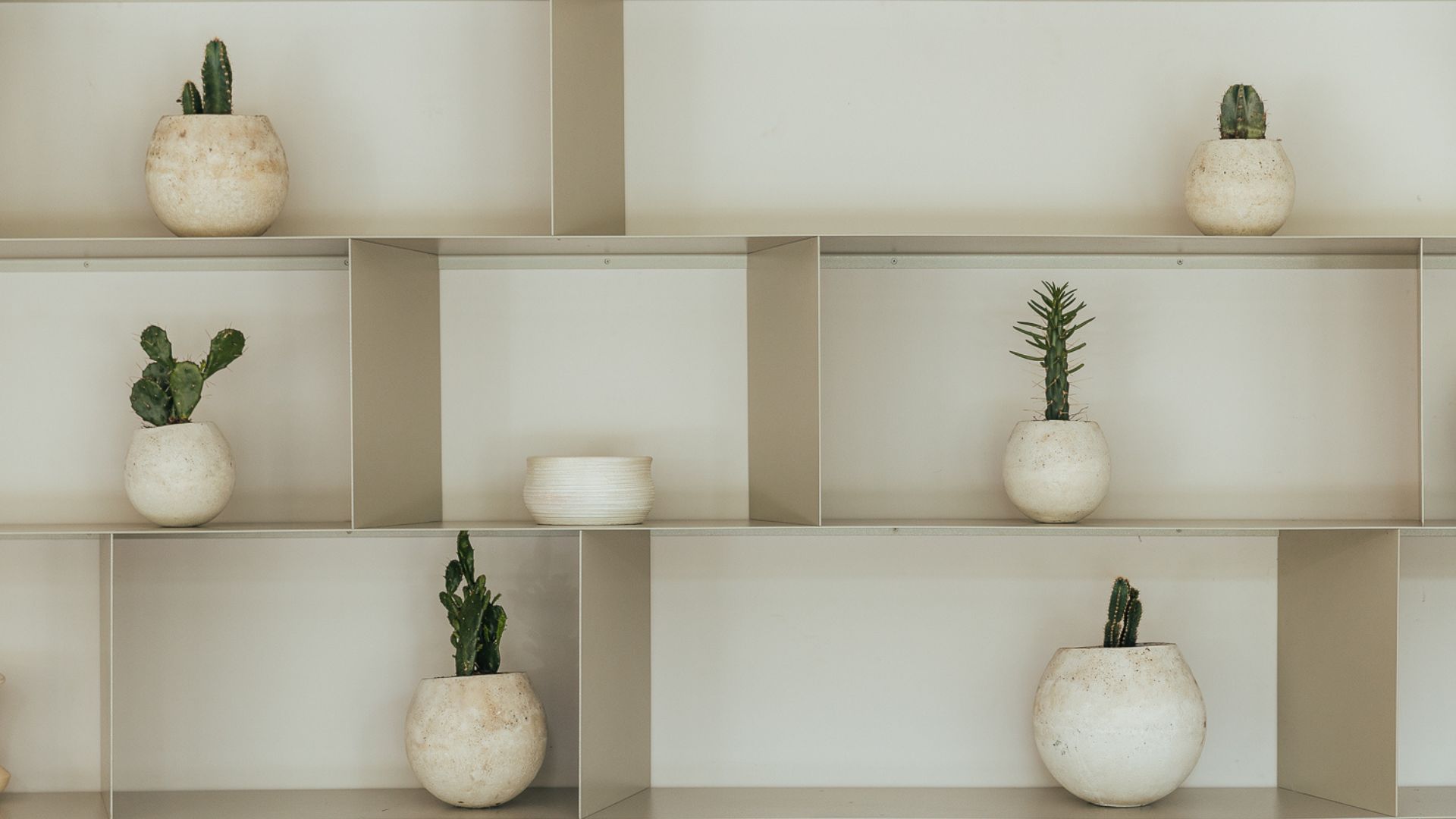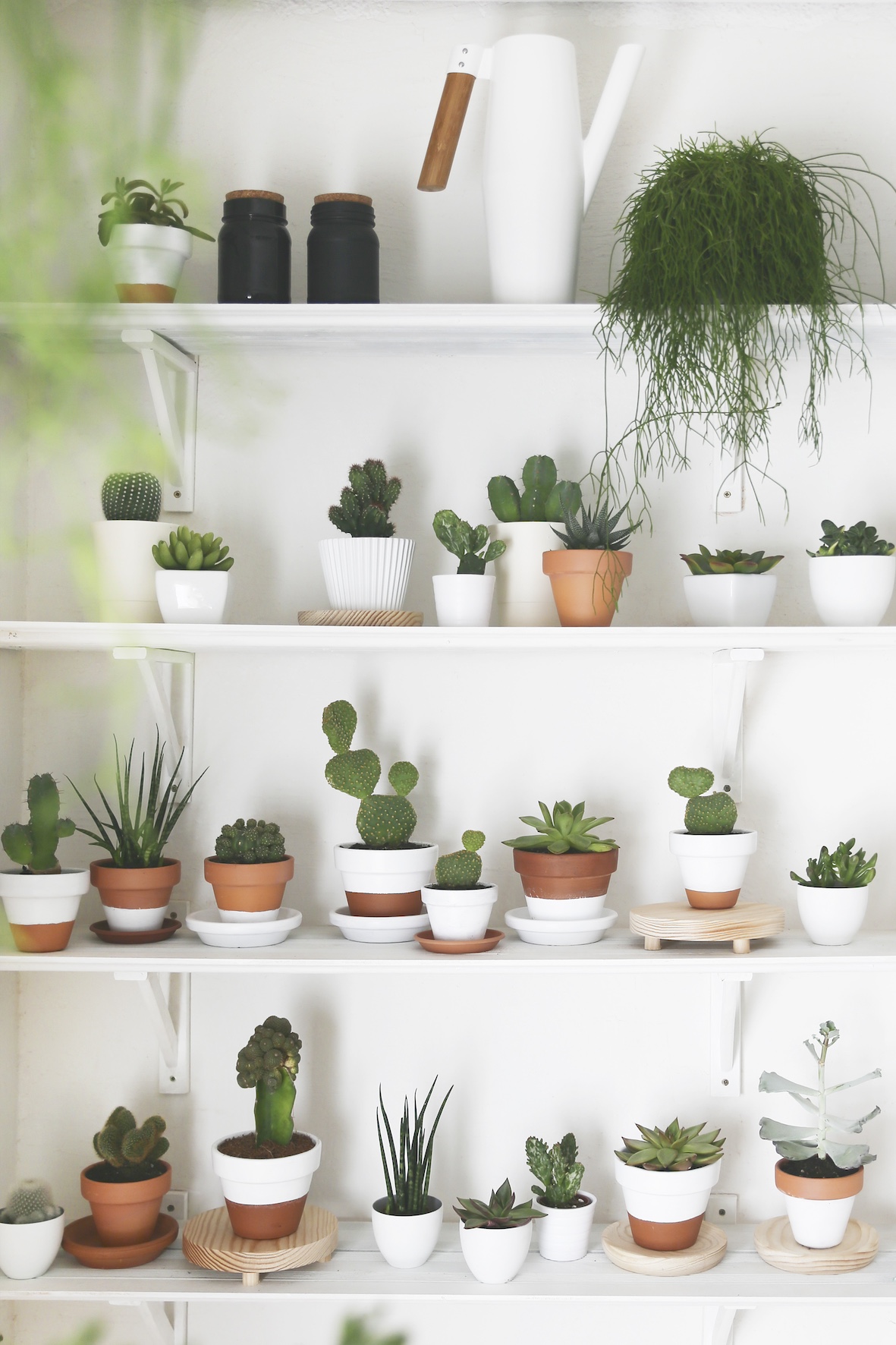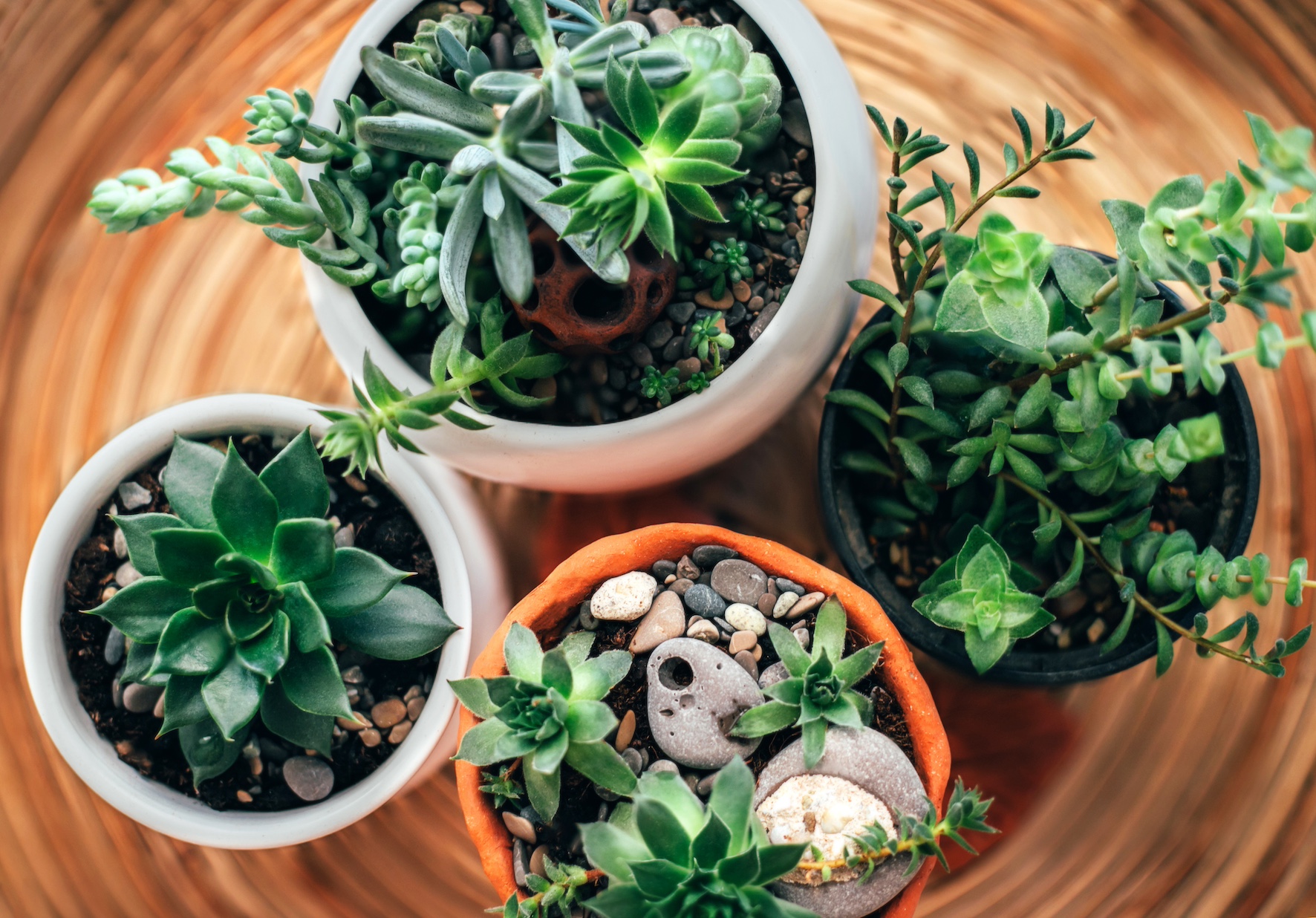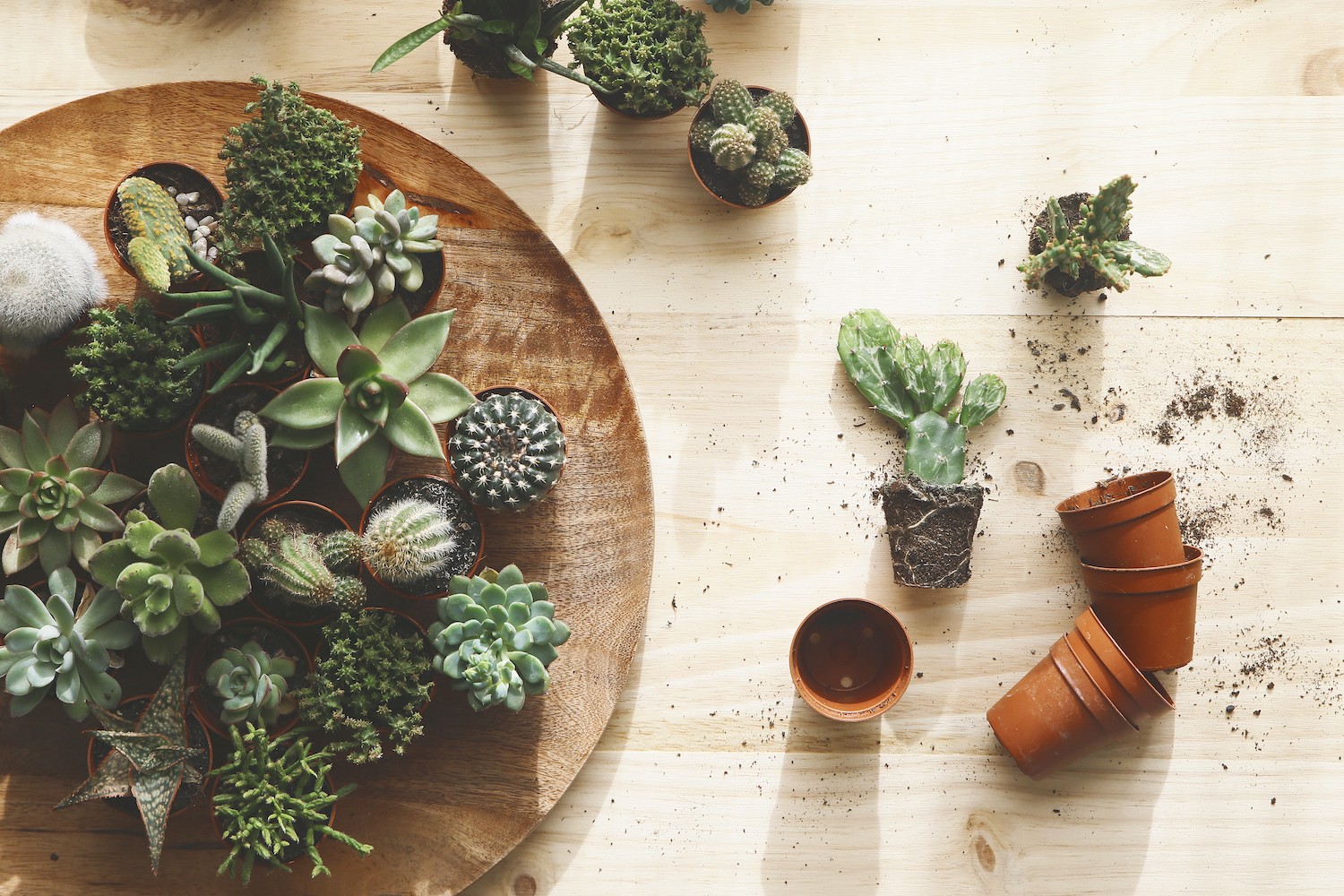
The fascination for succulents continues to soar. These hardy plants – mostly from the world's arid regions — are loved for their sculptural forms, spectacular shapes and low-maintenance requirements.
With so many popular varieties from Echeveria and Aloe to Sedum and Sempervivum, there are lots of different succulents for indoors. Although easy to care for, like other houseplants, their care needs differ throughout the year.
Succulents are drought-tolerant, so it can be easy to overwater them. This can be worse for them than forgetting to hydrate them. So, how often do you water succulent plants? Our plant experts can advise.
How Often Do Succulents Need Watering?

Succulents have several advantages over many other houseplants, which makes them a great choice if you want low-maintenance plants for indoor gardening.
Halina Shamshur, resident botany expert at Plantum (the app that helps identify plants and improves plant care), explains why succulents are such a low-maintenance option and how often to water them. "Succulents are capable of storing water in their fleshy stems and can go without watering for long periods," says Halina. "This is beneficial in a home setting, as there’s no need to worry about the plant dying should you forget a watering.
Halina continues, "Watering frequency generally depends on the season and temperature. "In the winter, the optimal temperature for these plants is between 55 and 59ºF (13 and 15ºC). During this time, reduce watering to once or twice a month.
"In the summer, water succulents more often, as the soil dries out quickly. However, avoid keeping the soil constantly moist—only water your succulent again once it has dried completely."
You can check your plant's soil moisture by using a soil moisture meter such as this 4-in-1 Soil Moisture Meter Digital Plant Temperature from Amazon. Or this 4-in-1 LCD Digital PH Tester Soil Water Moisture from Home Depot.
How to Identify If a Succulent Needs Water

Watering houseplants on a schedule is not the best idea, according many experts, who suggest inspecting your plant and touching the soil first, before automatically watering it. This way, you will get to notice the signs that it is dehydrated–and whether it needs water–or not.
"If a succulent doesn’t get enough water, its leaves tend to become soft, wilted, and wrinkled," says Halina. "Meanwhile, the lower leaves will start to dry and fall off. Additionally, the soil will feel dry and crumbly to the touch. When this happens, it’s time to give your plant a good drink."
"Feel the soil first with a fingertip, before watering, to see if it's dry," says Justin Hancock, horticulturalist, Costa Farms. "If the soil is very dry, add water slowly. This will allow the water to be absorbed, rather than run off. Alternatively, you could soak the potting mix in water for a few minutes to aid in rehydration. This will ensure the whole rootball receives moisture."
Can You Overwater a Succulent?

If you own succulents, swot up on tips to avoid overwatering houseplants. Many a houseplant has been lost to soggy soil, particularly succulents. These desert-dwellers suffer more than most, from over-zealous plant parents wielding watering cans.
As already outlined, succulents store water in their fleshy leaves, and are adapted to dry conditions. Giving them too much water, for too long, can lead to root rot and suffocation — which is as bad as it sounds. Although, it may be possible to revive dying succulents.
"When a succulent is overwatered, its stem may darken, while both old and young leaves will start to yellow and fall off," explains Halina. "In this case, you need to scale back on watering, letting the soil get completely dry.
"If the soil is too moist, you can carefully take the plant out of the pot, wrap the soil ball in a paper towel, and leave it for a while to absorb excess moisture. Afterward, you can place the plant back in its pot."
"Give an over-watered succulent a spot with bright light too," says Justin. "It will hep it recover, as it will have more energy, and use up more water."
FAQs
Do succulents need direct sunlight?
Although, they have a reputation as sun lovers, the amount of light a succulent requires depends on the variety.
"Most succulent plants can tolerate direct sun well," says Halina, botany expert at Plantum. "Some varieties have a protective layer against harsh light. In Echeveria succulents, this layer appears as a light coating, while Crassula and Sedum species produce red or brown pigments. Lithops, Fenestraria and Frithia plants, on the other hand, escape the intense sun by retreating almost entirely underground."
"Give Crassula and Aloe Vera as much sun as you can," says Lisa Eldred-Steinkopf, author, Houseplants for Beginners. "For best results, place them close to a south or west window. If Crassula doesn’t have enough light, it will have leggy, soft growth.
"Also choose the brightest spot in the house, such as a south-facing windowsill for Echeveria. If in too low a light, these succulents will stretch for the light. They may still stretch even in an unobstructed south window, so in winter will benefit from being grown under electric lights.
"However, the gasterias as a group really only need a medium light compared to most full sun succulents. If it is a variegated plant, it will need a little more light to keep its variegation. Place Haworthia in a medium to bright light. Do not give it the full sun other succulents prefer, as it will turn to burgundy and may sunburn."
Want to bring the Haworthia into your home? This Costa Farms Haworthia Succulent from Amazon is quite the beauty. And if you want to expand on your succulent collection — we also love this magnificent Echeveria Garotto from The Sill, priced at $69.







